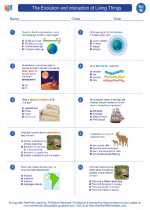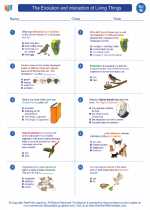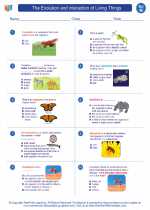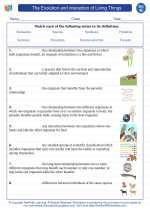Speciation
Speciation refers to the process by which new species evolve from existing ones. This occurs when a group of individuals within a population becomes reproductively isolated from the rest of the population, leading to the development of distinct traits and characteristics over time. There are several mechanisms that can drive speciation, including geographic isolation, reproductive isolation, and genetic divergence.
Mechanisms of Speciation
1. Geographic Isolation
Geographic isolation occurs when a physical barrier, such as a river, mountain range, or body of water, separates a population into two or more isolated groups. Over time, these isolated populations may experience different environmental pressures and adapt to their specific habitats, leading to the development of distinct traits and characteristics.
2. Reproductive Isolation
Reproductive isolation occurs when two populations become unable to interbreed due to differences in mating behaviors, timing, or physical incompatibility. This can lead to the formation of new species as each population evolves separately and develops unique reproductive barriers.
3. Genetic Divergence
Genetic divergence refers to the accumulation of genetic differences between two populations, often driven by natural selection, genetic drift, and mutations. Over time, these genetic differences can become so significant that the two populations are no longer able to produce viable offspring, leading to the formation of new species.
Evidence of Speciation
Scientists can study speciation through various lines of evidence, including fossil records, genetic analysis, and observations of contemporary populations. By examining the genetic and morphological differences between related species, as well as the patterns of divergence and reproductive isolation, researchers can gain insights into the process of speciation and the factors driving it.
Study Guide
When studying speciation, it's important to understand the following key concepts:
- The definition of speciation and the primary mechanisms driving it.
- The role of geographic isolation, reproductive isolation, and genetic divergence in the formation of new species.
- The evidence for speciation, including examples from the fossil record and contemporary populations.
- The impact of natural selection, genetic drift, and mutations on the process of speciation.
- The significance of speciation in the context of biodiversity and evolutionary history.
By grasping these concepts, you can develop a comprehensive understanding of speciation and its significance in the field of evolutionary biology.
.◂Science Worksheets and Study Guides Eighth Grade. The Evolution and interaction of Living Things

 Worksheet/Answer key
Worksheet/Answer key
 Worksheet/Answer key
Worksheet/Answer key
 Worksheet/Answer key
Worksheet/Answer key
 Vocabulary/Answer key
Vocabulary/Answer key
 Vocabulary/Answer key
Vocabulary/Answer key
